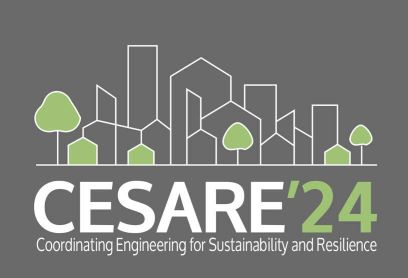Speaker
Description
When an RC (a contraction for reinforced concrete) structure is prone to a very high temperature, the structure severely deteriorates; the reasons for this are: a) the degradation in the products of the cement hydration, b) the production of vapor’s pressure, and c) the incompatible change in the volumes of the components of concrete when the temperature is higher than 500°C. Nevertheless, the structures damaged severely by excessive heat can re-have their original performance and qualities if strengthened in shear with laminated CFRP (a short form for carbon fiber-reinforcement polymers) composites. However, the efficiency of this method is menaced because of two setbacks:1) delamination and 2) anchorage. This method examined its efficacy in reinforcing-in-flexural concrete beams, whether mainly or additionally, before and after exposure to very high temperatures. In this paper, the study parameters were: 1) the CFRP sheet's length of CFRP; and 2) the exposed temperature. Also, the researcher considered monitoring the structure’s behavior, the ultimate capacity of loading, the correspondent-to-loading deflections, toughness, and elastic stiffness. This research paper found that using internally installed sheets of CFRP for flexural strengthening proved to be highly efficient in damaged-by-heat RC beams.
| Keywords | Internal CFRP Strips; Flexural; RC Beams; Elevated Temperature; CFRP |
|---|---|
| Topics | Structural engineering |

